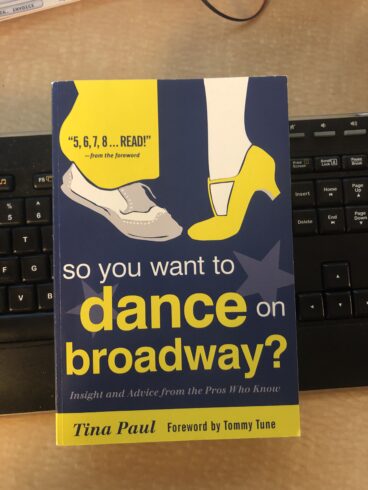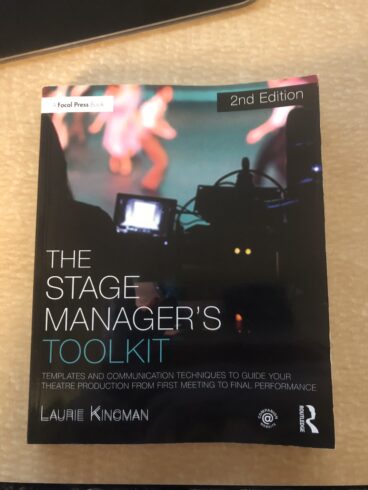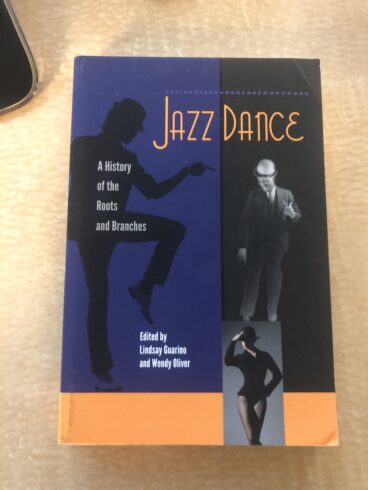
Veteran performer and choreographer Tina Paul dispels myths and delivers the inside scoop about achieving your dream of dancing on Broadway. Tommy Tune, Chita Rivera, Bebe Neuwirth, and eleven other dancers join Tina in sharing their diverse experiences to help you make the right choices, avoid embarrassing mistakes, and prepare for the challenges that lead to a Broadway career. All of them agree—they love theatre and that love got them over many hurdles. Through tips on survival, discipline, and protocol, these professionals offer encouragement, bolster determination, and guarantee that you will be one step ahead in your quest for the lights and life of Broadway.


